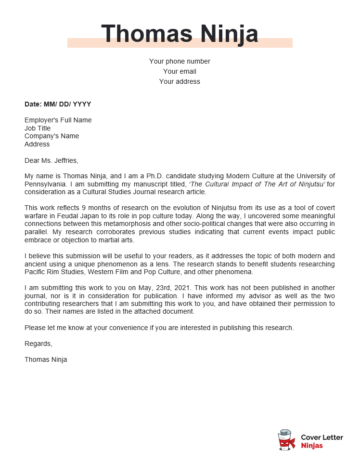

It is likely that the authors could be more persuasive in person than in the formal text of the manuscript. In a perfect world, the authors and editors could discuss the manuscript over coffee to be sure the novelty and significance of the work are appreciated.


The editors have not traveled the long journey described above with the submitting authors and are likely hearing about the idea for the first time. The humble idea has become a work of science, yet its fate now rests with the editors and reviewers, who must evaluate its significance. A journal is chosen, reviewers are suggested, and the upload button is pressed. The manuscript is now ready for submission. Once a cohesive story can be assembled, the text is written, citations are added, and figures are prepared. The results of this effort will be analyzed, scrutinized, rejected, and repeated for months on end. A few courageous graduate students or postdocs must squander a part of their precious youth toiling in fluorescently lit laboratories, repeatedly executing experiments to see if, when, and how the idea works, to see what can be learned from it, or to see how it might be useful. Once funding and other resources have been secured, the real work can begin. To acquire resources to pursue that idea, it must be further refined, put into scientific and social contexts, and explained to other researchers in the form of a grant proposal, often many times over. First, an original idea must be generated by the small miracle of human inspiration, backed by years of research and study. Interestingly, the biggest surprise has not been something that authors do, but something they frequently neglect to do: constructing a well-written cover letter, including a statement justifying the importance of their work.Ĭonsider the incredible effort that goes into a manuscript. As promised, doing so has provided unique insights into scientific publishing. I have now served as an Associate Editor at ACS Nano for three months.


 0 kommentar(er)
0 kommentar(er)
